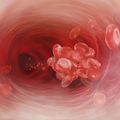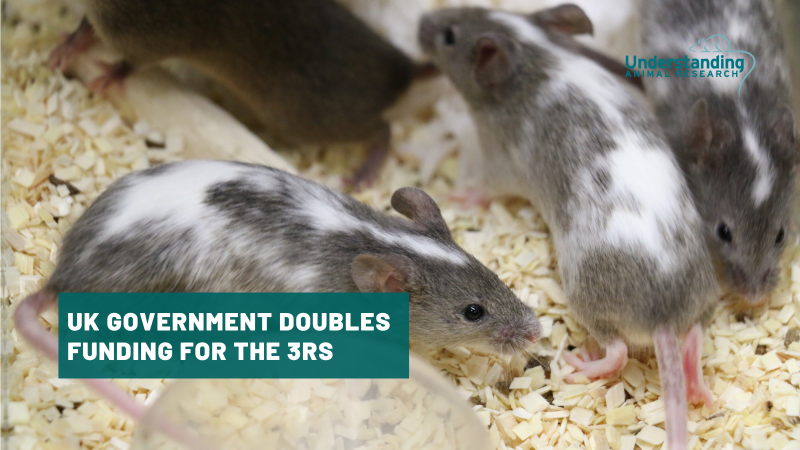Text to go here...
 Patients who are unable to form blood clots could be aided by a newly designed blood cell, research on rats has found.
Patients who are unable to form blood clots could be aided by a newly designed blood cell, research on rats has found.
Normally blood is able to clot effectively for small wounds. However, larger injuries such as those caused by car crashes and in the battlefield, can often overwhelm the body's clotting mechanism and cause haemorrhaging.
Upon injury, platelets - a type of cell found in the blood - attach to the walls of the damaged area. They then stick to each other with the help of other clotting proteins to stop the body from losing anymore blood.
In the past, severely injured patients such as war soldiers and cancer patients who have a particularly low platelet count due to their treatment have had to rely on platelet transfusions. However this can be problematic as the platelets expire after five days.
Now, a group of scientists have been able to overcome this by using nanotechnology to produce artificial blood cells that can induce a clot. The specially built cells, referred to as RGD, are spherical and include a specific amino acid sequence that natural platelets recognise and stick to, causing a clot. Rats normally clot within four minutes but after an injection of RGD, the clotting time was reduced by 23%, sealing the wound faster.
The team now aims to study this design in larger mammals such as pigs, and hope it could help with emergency treatments in humans in the future.
Last edited: 11 January 2022 09:21




